Sunset Song: gripping theatre that's 'close to magic'
Morna Young's 'first-class adaptation' of Lewis Grassic Gibbon's classic novel
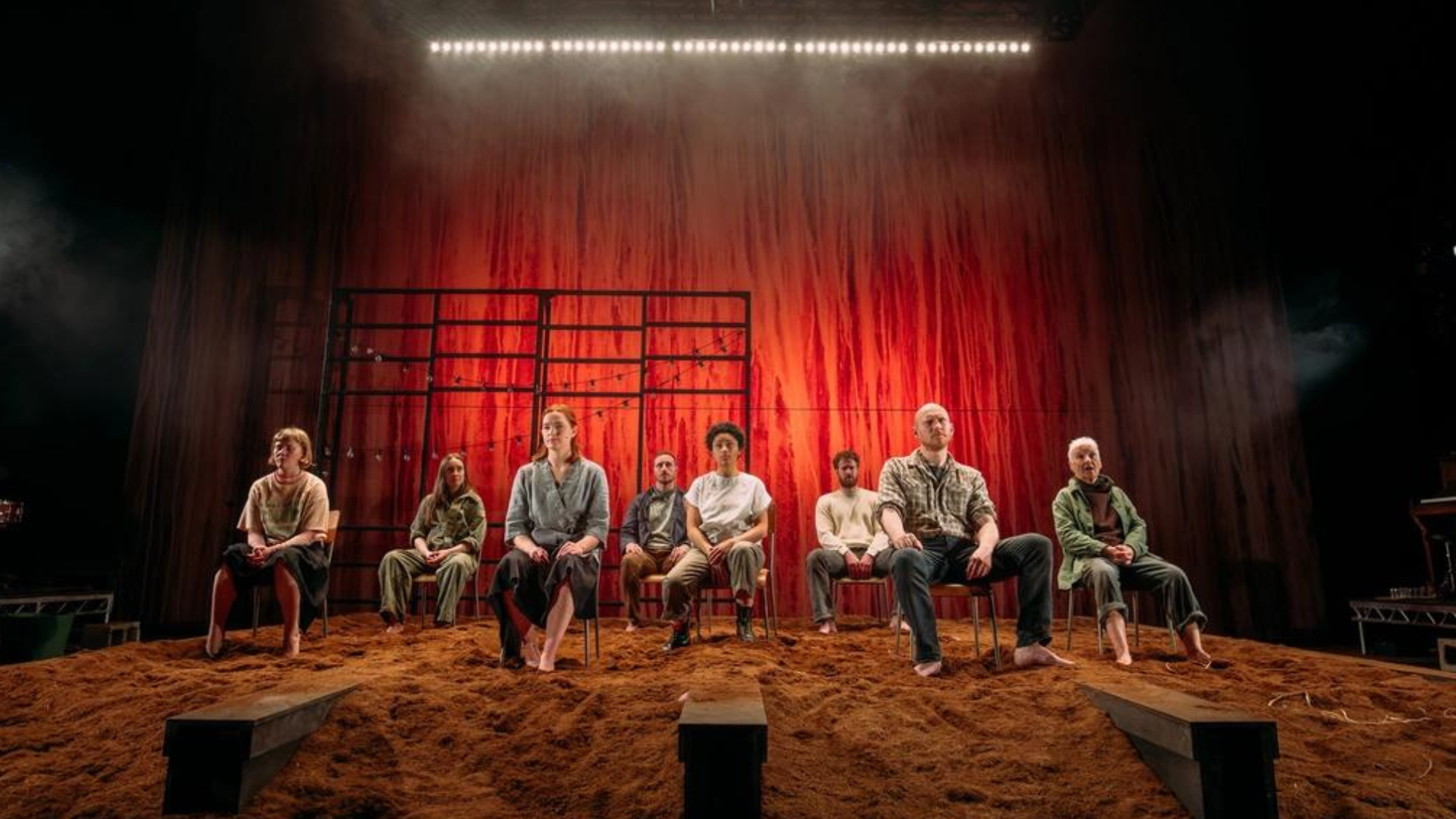
If you didn't grow up in Scotland, said Simon Thompson on What's on Stage, you may well not be fully aware of the cultural significance of, and popular affection for, Lewis Grassic Gibbon's 1932 novel "Sunset Song", the first in his "A Scots Quair" trilogy.
Set on the brink of the First World War in rural Mearns, it tells the story of Chris Guthrie, the clever, spirited daughter of a pious but brutal farmer. It's a gripping, harrowing tale, but what really endears it to the Scots is Gibbon's descriptions of the landscape and natural world – an aspect that is brilliantly conveyed in writer Morna Young's "triumph" of a new stage adaptation.
The design, by Emma Bailey, literally puts the land at its centre: the action plays out on four pits of soil that are so integral to the drama that the earth almost becomes "an extra character". Combined with superb use of music, dance and ritual, this is theatre that's "close to magic".
The Week
Escape your echo chamber. Get the facts behind the news, plus analysis from multiple perspectives.

Sign up for The Week's Free Newsletters
From our morning news briefing to a weekly Good News Newsletter, get the best of The Week delivered directly to your inbox.
From our morning news briefing to a weekly Good News Newsletter, get the best of The Week delivered directly to your inbox.
What we have here is a "first-class adaptation of a great Scottish novel", agreed Mark Brown in The National. Danielle Jam brings "warmth, energy [and] intelligence" to the role of Chris, and shows a "delightfully lyrical facility" in her use of the northeastern Scots dialect Doric. Ali Craig is "powerfully disturbing" as her father. And there's "superb" support from six actor-musicians.
The hallmark of director Finn den Hertog's "mighty" production – which tours to Aberdeen, Inverness and Edinburgh following its Dundee run – is the seamless fusion of text, music and movement, said Neil Cooper in The Herald. It's a "deliriously ambitious display of total theatre", which brings the story "magnificently to life".
There are certainly "powerful moments" here, said Allan Radcliffe in The Times. But at points I found the use of music and movement excessive. Music is too often used to "overlay emotional resonances that should more properly be generated by the action", said Clare Brennan in The Observer. It's a solid production, but it "needs to dig deeper" to uncover the heart of this very human drama.
Dundee Rep (01382 223530). Until 4 May, then tours Scotland until 8 June
A free daily email with the biggest news stories of the day – and the best features from TheWeek.com
-
 Political cartoons for December 15
Political cartoons for December 15Cartoons Monday’s political cartoons include Time's person of the year, naughty and nice list, and more
-
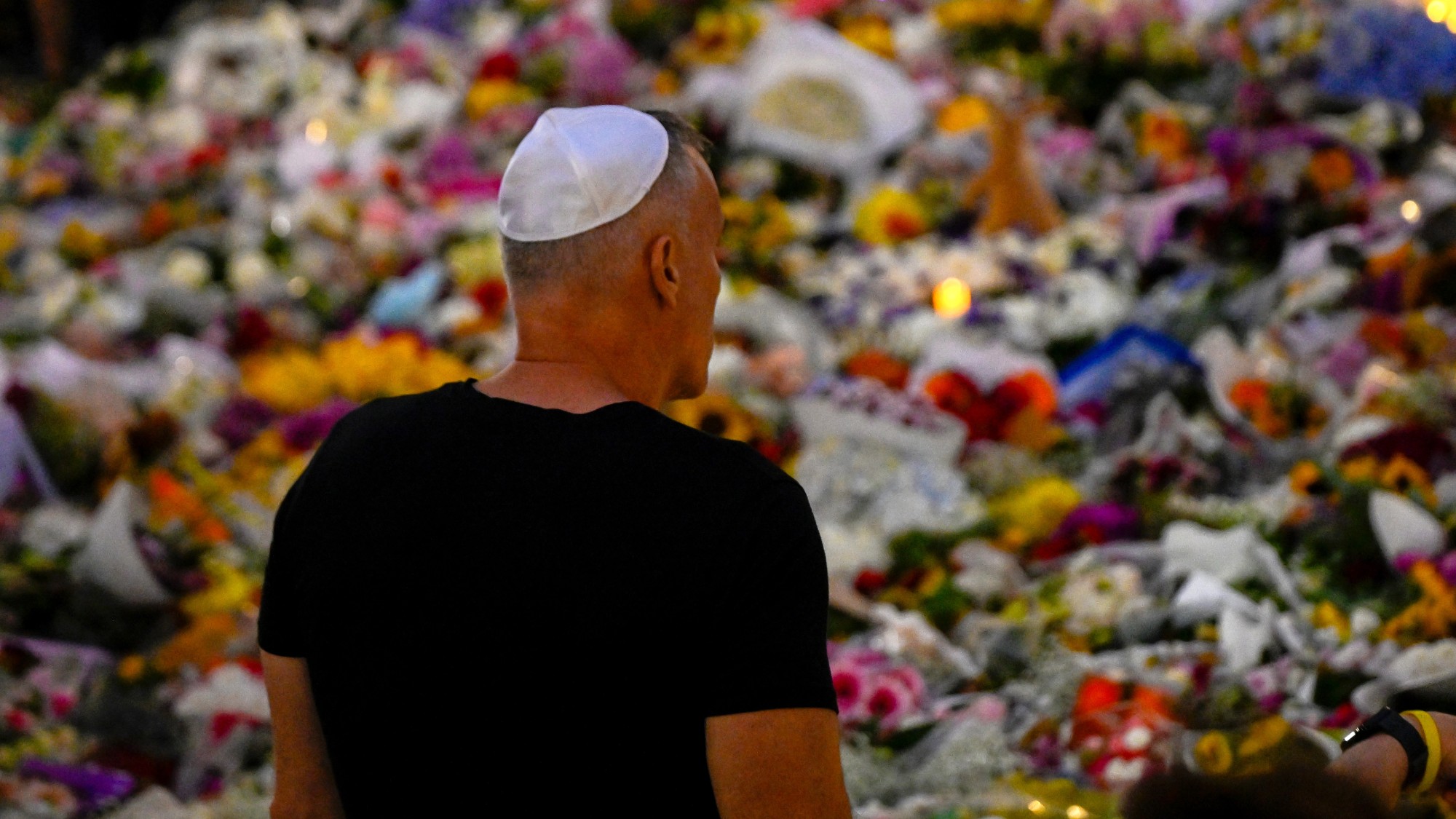 Who is fuelling the flames of antisemitism in Australia?
Who is fuelling the flames of antisemitism in Australia?Today’s Big Question Deadly Bondi Beach attack the result of ‘permissive environment’ where warning signs were ‘too often left unchecked’
-
 Bulgaria is the latest government to fall amid mass protests
Bulgaria is the latest government to fall amid mass protestsThe Explainer The country’s prime minister resigned as part of the fallout
-
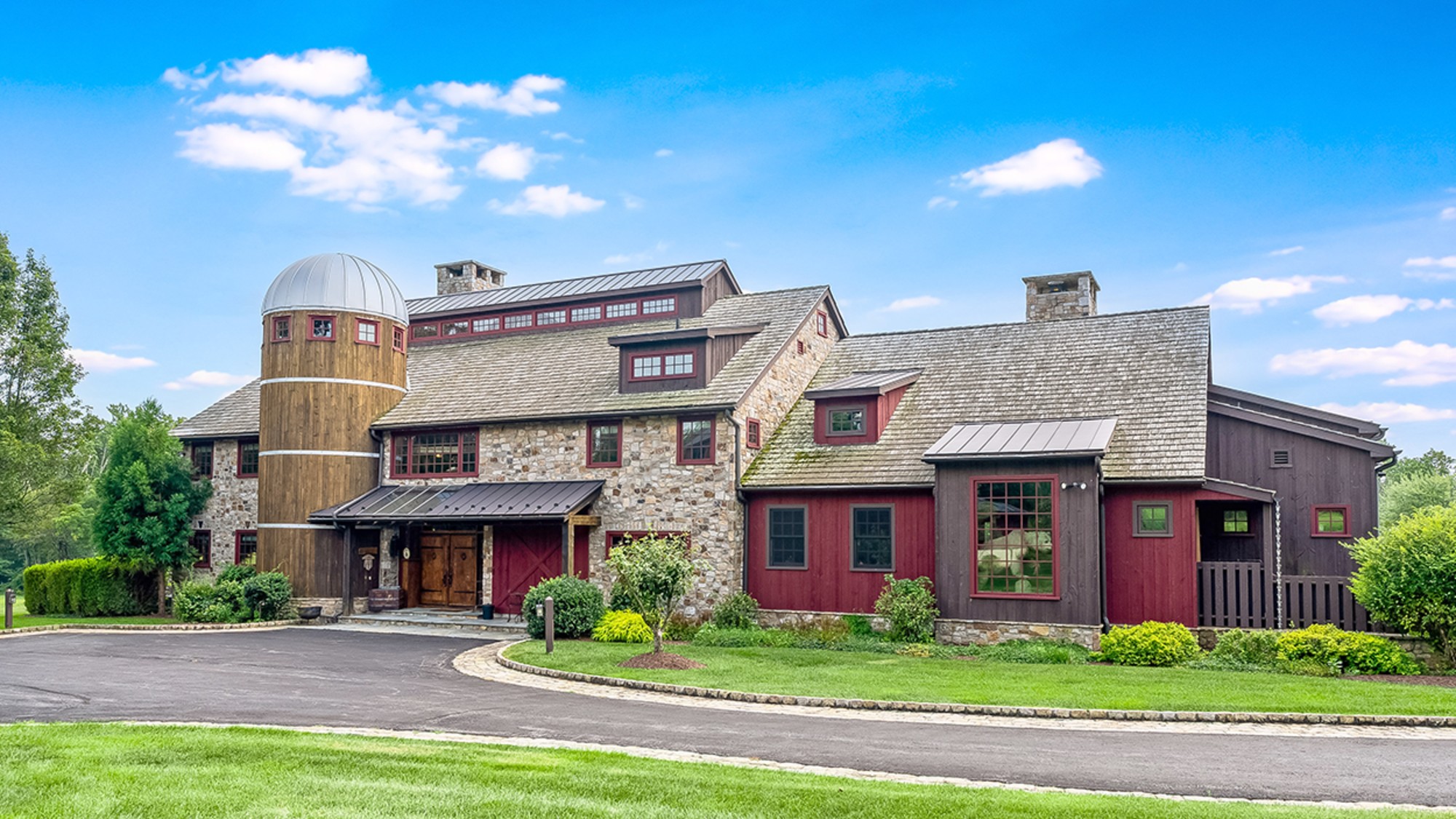 6 lovely barn homes
6 lovely barn homesFeature Featuring a New Jersey homestead on 63 acres and California property with a silo watchtower
-
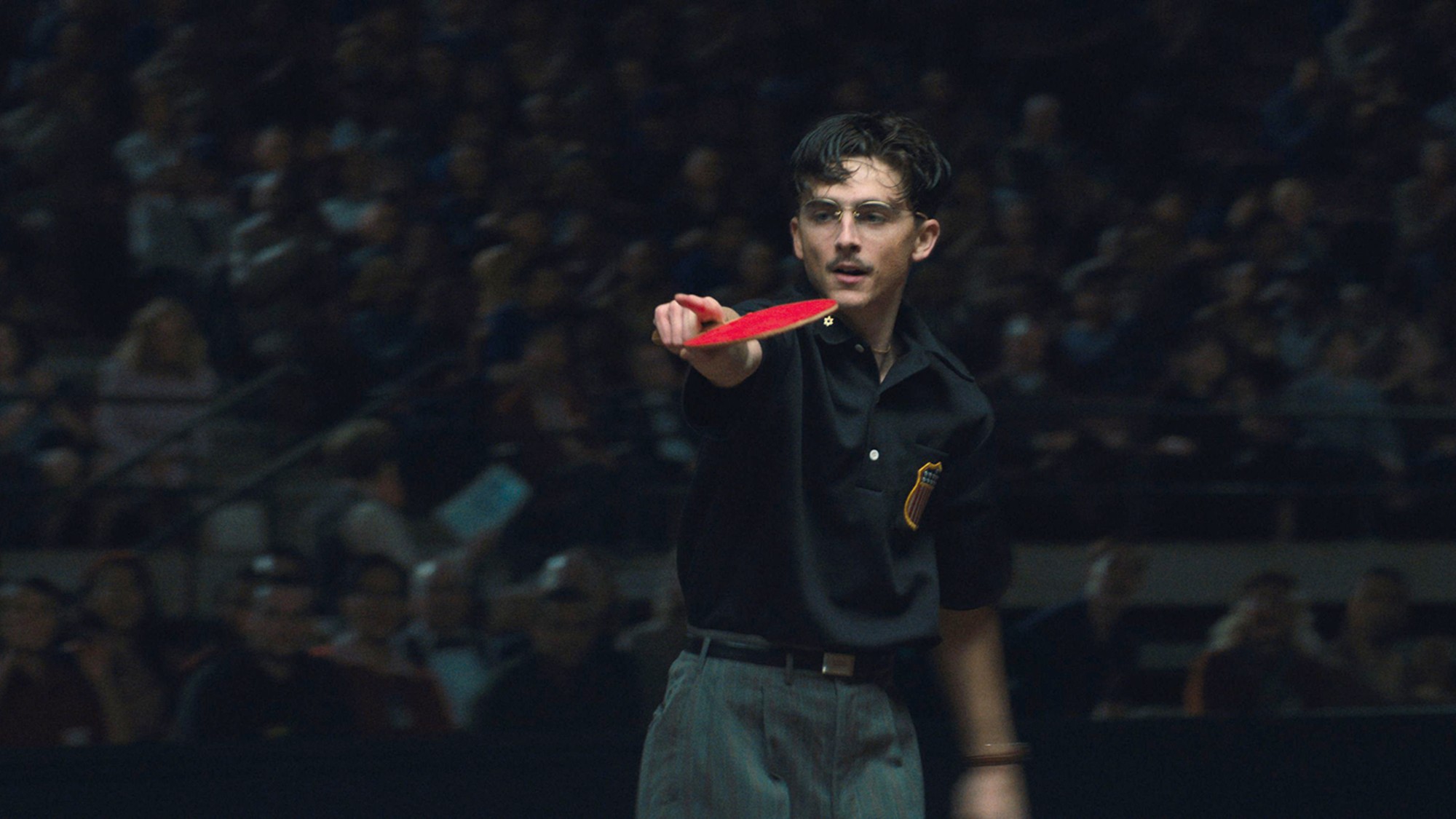 Film reviews: ‘Marty Supreme’ and ‘Is This Thing On?’
Film reviews: ‘Marty Supreme’ and ‘Is This Thing On?’Feature A born grifter chases his table tennis dreams and a dad turns to stand-up to fight off heartbreak
-
 Heavenly spectacle in the wilds of Canada
Heavenly spectacle in the wilds of CanadaThe Week Recommends ‘Mind-bending’ outpost for spotting animals – and the northern lights
-
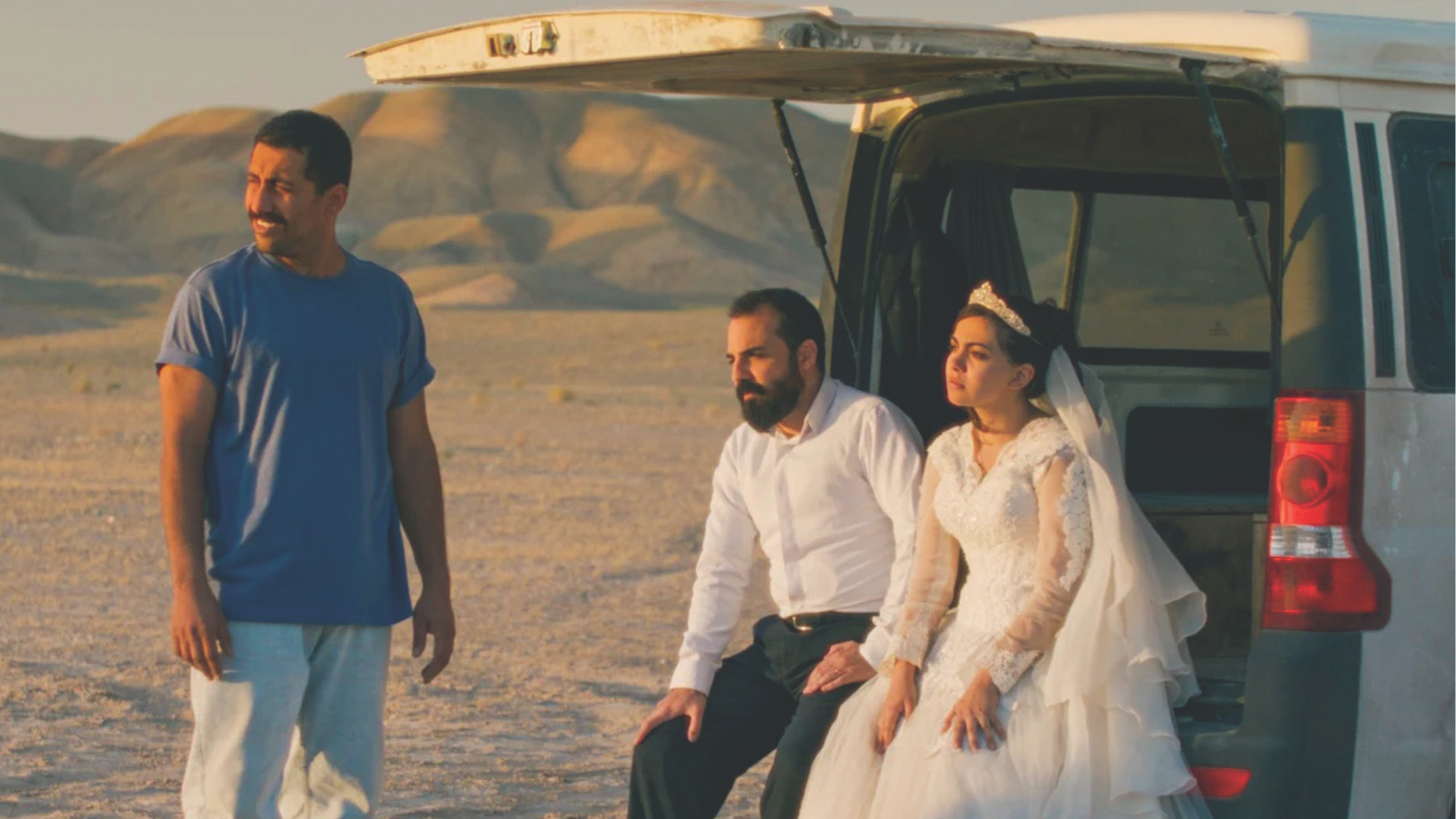 It Was Just an Accident: a ‘striking’ attack on the Iranian regime
It Was Just an Accident: a ‘striking’ attack on the Iranian regimeThe Week Recommends Jafar Panahi’s furious Palme d’Or-winning revenge thriller was made in secret
-
 Singin’ in the Rain: fun Christmas show is ‘pure bottled sunshine’
Singin’ in the Rain: fun Christmas show is ‘pure bottled sunshine’The Week Recommends Raz Shaw’s take on the classic musical is ‘gloriously cheering’
-
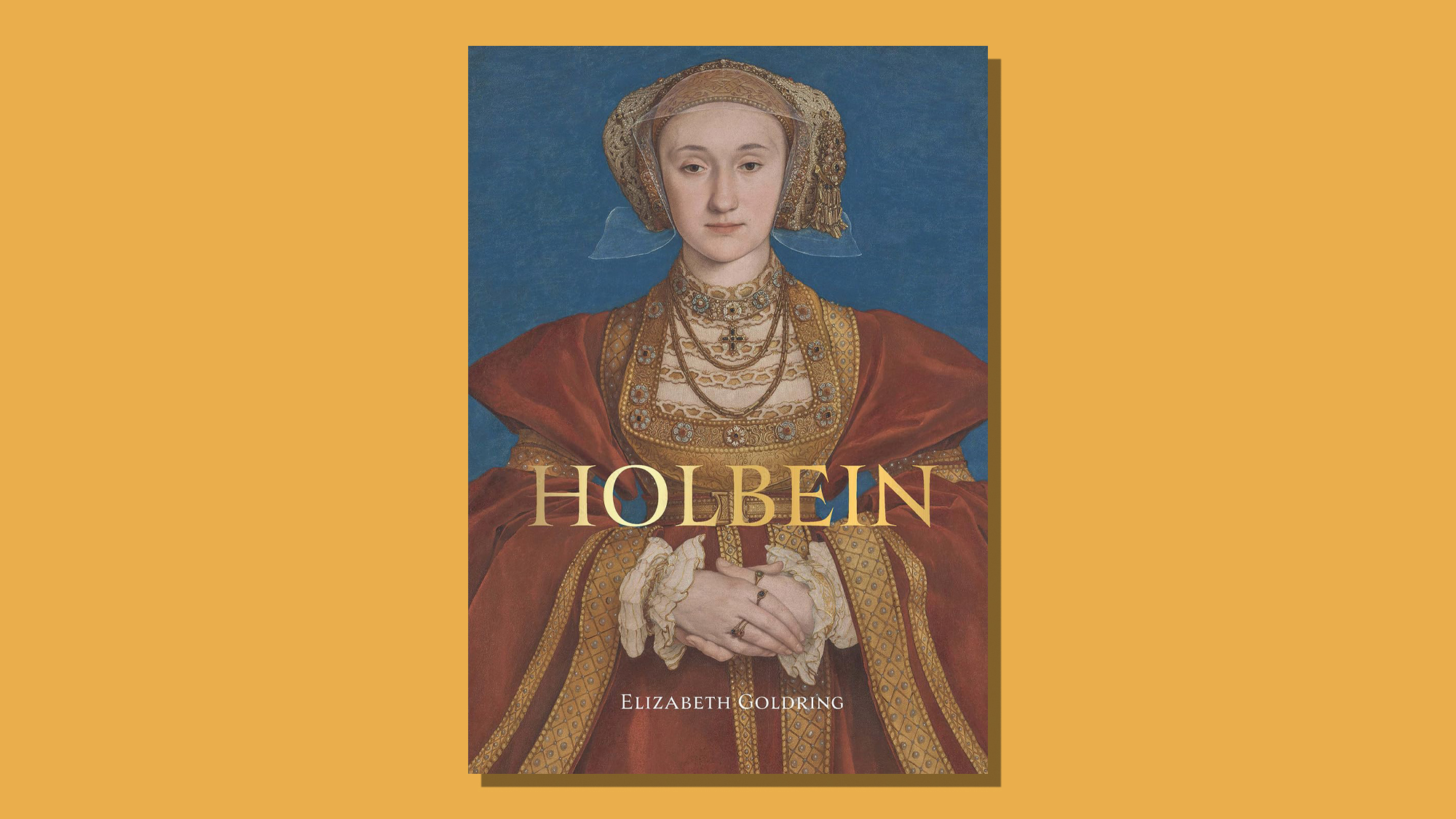 Holbein: ‘a superb and groundbreaking biography’
Holbein: ‘a superb and groundbreaking biography’The Week Recommends Elizabeth Goldring’s ‘definitive account’ brings the German artist ‘vividly to life’
-
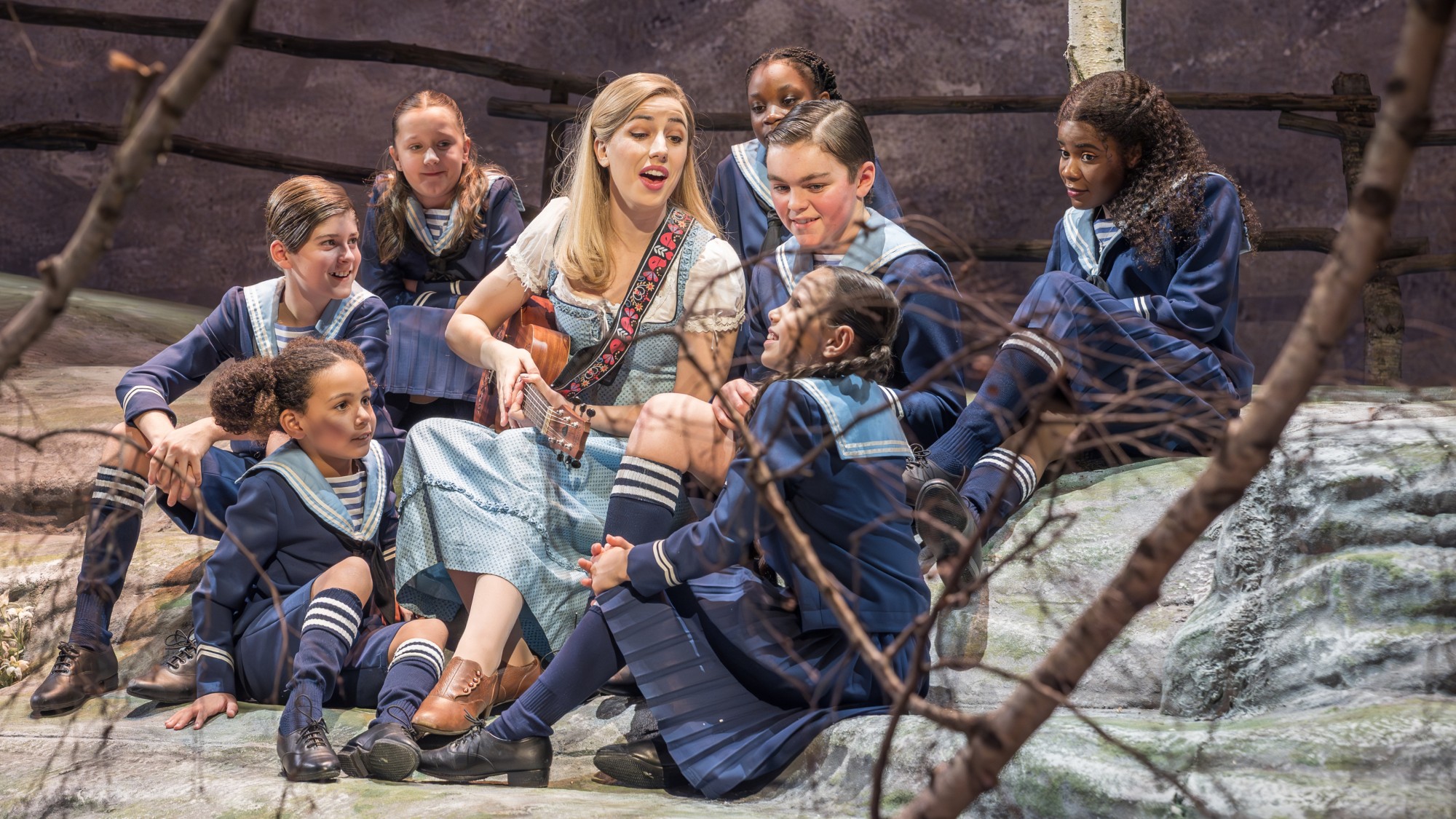 The Sound of Music: a ‘richly entertaining’ festive treat
The Sound of Music: a ‘richly entertaining’ festive treatThe Week Recommends Nikolai Foster’s captivating and beautifully designed revival ‘ripples with feeling’
-
 ‘Furious Minds: The Making of the MAGA New Right’ by Laura K. Field and ‘The Dream Factory: London’s First Playhouse and the Making of William Shakespeare’ by Daniel Swift
‘Furious Minds: The Making of the MAGA New Right’ by Laura K. Field and ‘The Dream Factory: London’s First Playhouse and the Making of William Shakespeare’ by Daniel SwiftFeature An insider’s POV on the GOP and the untold story of Shakespeare’s first theater